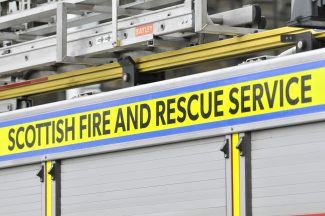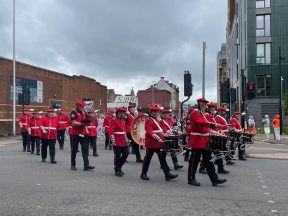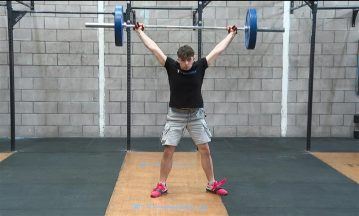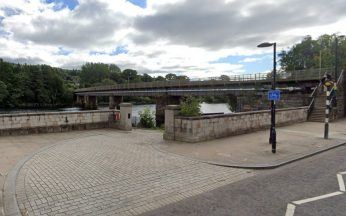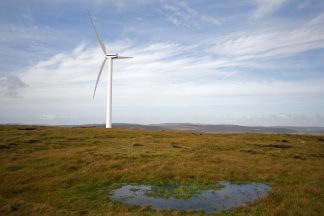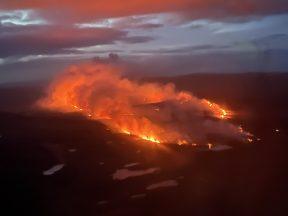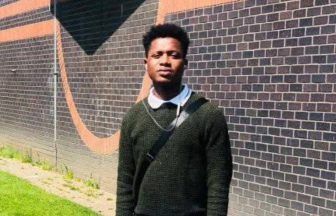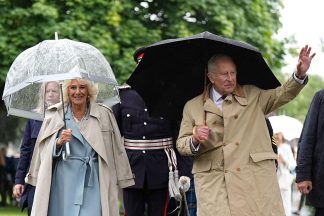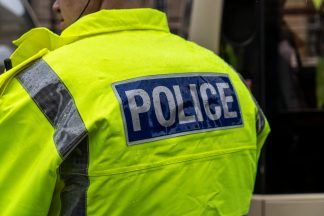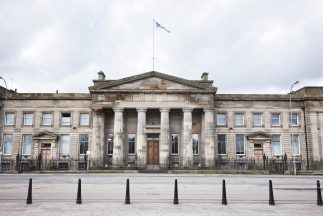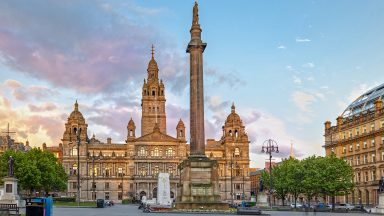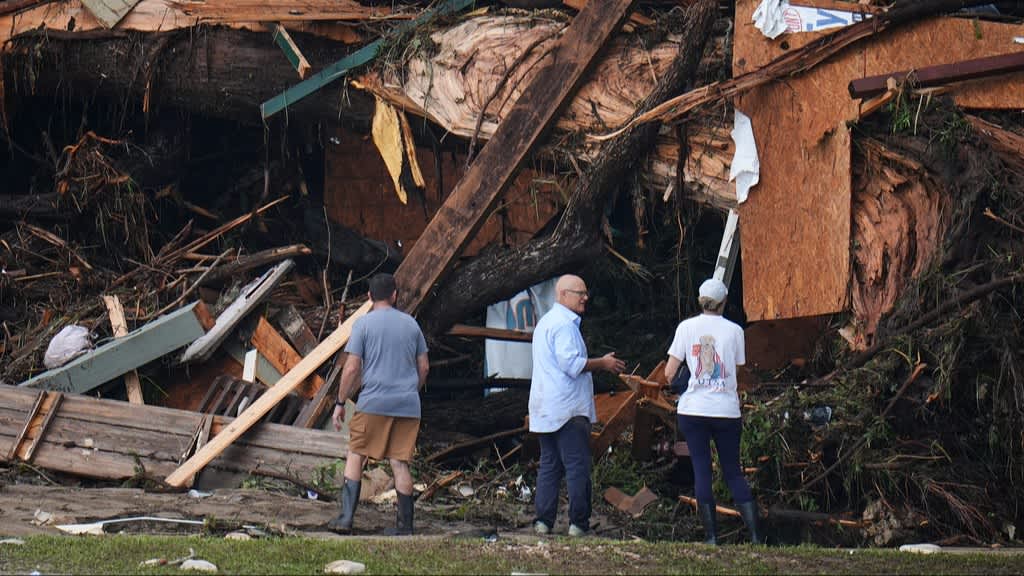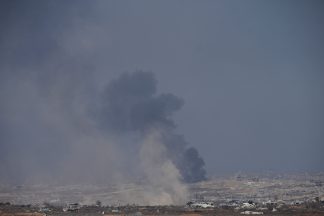Locals in one of Edinburgh’s smallest communities have banded together to fight against a neighbouring quarry’s plan to nearly double in size, a move they say will bring ‘earthquake-like’ blasts closer to their homes.
A proposed south-westerly extension of Bonnington Mains Quarry would move drilling and blasting towards Bonnington Village, located just half a kilometre away.
The expansion into “prized” agriculture could bring the quarry “within 200 metres” of houses, which residents say are already left shaking from the nearby construction aggregate mining operations near Ratho.
Quarry owners Breedon are yet to submit full plans, but a pre-application notice lodged with Edinburgh Council last year has raised eyebrows in the community, prompting the formation of the ‘Stop the Quarry’ group.
Its founder, Valerie Thrush-Denning, said: “We’re going to get the vibrations, get the shakes. Is this going to actually damage the houses down here? That’s a real concern because we sit on the same rock.
“There’s also the noise, the dust. Surely they should not be working so close in such proximity to residents, to houses, to where people live.”
Bonnington Mains Quarry opened in the early 1990s and has produced millions of tonnes of construction aggregates since. It closed in 2011 and re-opened again in 2018.
“You can’t say ‘well you shouldn’t live near a quarry,” Valerie said.
“The quarry has come to us. We’ve not moved in and are then complaining; the houses have been around 200 years or something.”
Bonnington Village resident Jackie Wright has joined the group’s efforts to oppose the expansion. Her decision to retire led her to realise the full extent of the disturbances blasts can cause.
“If I were at work, I wouldn’t know any of this, and there’s a lot of people in the village that don’t because they’re not here,” she said.
“We’ve always experienced the blasts but it certainly has got a lot worse as the months have gone on.
“You just don’t know if the ceiling is going to come down, because you’re in the situation whereby your solid home is shaking.
“We’ve got very, very thick wallpaper on our walls, so I don’t know what cracking is going on behind that. But the whole house vibrates. It’s like an earthquake.
“We’re all so affected by it, and we don’t know it’s coming.
“I’m not exaggerating, and this is pretty scary stuff. And the worry is that if they get permissions, there will be more blasting. If they get the go-ahead, then the sky’s the limit. Roughly once a month is bad enough.”
Earlier this year, Breedon asked the council to scrap a rule requiring levels of air overpressure – shockwaves that travel through the air when explosives are detonated – to be kept below 120 decibels when measured at nearby properties.
They argued the condition was “unenforceable and unreasonable” due to difficulties in obtaining accurate measurements. However, councillors did not grant their request after community councillors and members of Stop the Quarry highlighted the impact on local residents from blasts, which they said already exceeded the limit on most occasions. This has since been appealed to the Scottish Reporter.
Valerie was “delighted” at councillors’ decision, which went against planning officers’ recommendation to approve and came after the campaign had invested “a lot of time and money.”
However, the group now faces an uphill battle against Breedon’s expansion plans. Among their biggest challenges will be sifting through thousands of documents—something local civil engineer and Stop the Quarry member Paul Fisher became familiar with while digging into the application to remove blast limits.
He said: “Looking at it and reading just synopses of some of those documents including an environmental impact assessment, has led me to believe that I don’t have a lot of trust in what they’re saying.
“There were some very misleading statements being made, claims being made that really couldn’t be justified and in the wider context of quarrying across the world didn’t really stand up to scrutiny. I just thought I needed to get involved and help local people to raise our voices as a community.
“I’ve noticed heavy lorry traffic volumes going up, and it can only increase should the quarry get the go-ahead. It’s dangerous.
“That’s just one aspect, and yet the environmental impact assessment which Breedon submitted says that traffic isn’t an issue. And they have chosen to say the effects are going to be minimal. I just think that is wrong. I only need to find one thing like that that makes we think I’ve not got a lot of confidence in what they are saying.”
Paul added the “end point of all of this” would be local people “frightened in their own homes”.
Valerie’s husband Ray said: “If they get the permission that they are seeking, or will be seeking if they eventually put in the application, we’ll be talking about a field that at the moment is under agriculture, and they’re starting at the top and going down, and the whole pattern of work for a period of time is going to be totally different from what we’ve been experiencing.
“It’ll be closer but also different because they’re going to have to start in one place to start the quarry and open it up.
“This field is classified as countryside and within the City Plan wording is designated as the equivalent of greenbelt. And within the greenbelt, you can’t do anything.”
Valerie highlighted the field earmarked for the quarry expansion was also “prime agricultural land, countryside which is not supposed to be touched”.
She said: “The farmer was saying that particular stretch of land, that field has been in the Guinness Book of Records several times for high yield.
“He’s absolutely beside himself, and they are going to quarry it.
Paul added: “It would be a huge loss of prized agricultural land.”
Breedon was contacted for comment.
Follow STV News on WhatsApp
Scan the QR code on your mobile device for all the latest news from around the country


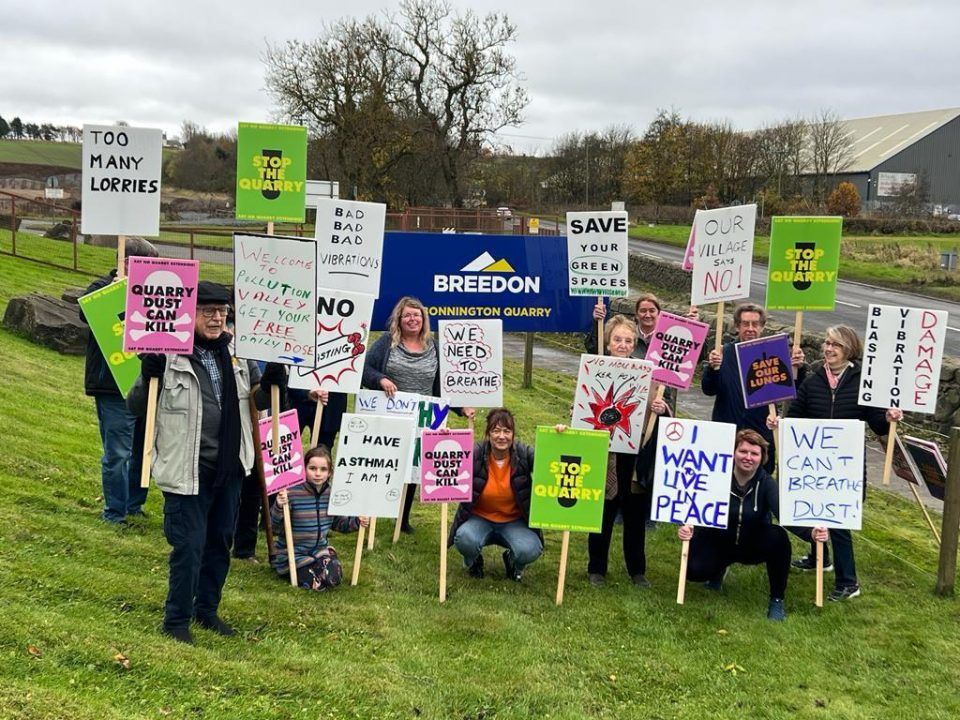 LDRS
LDRS
